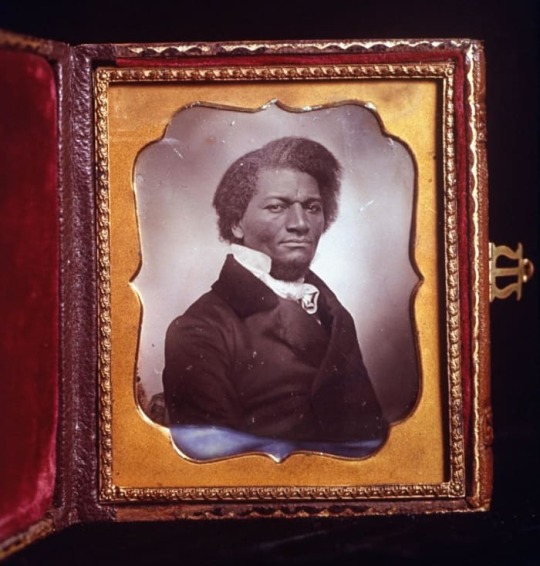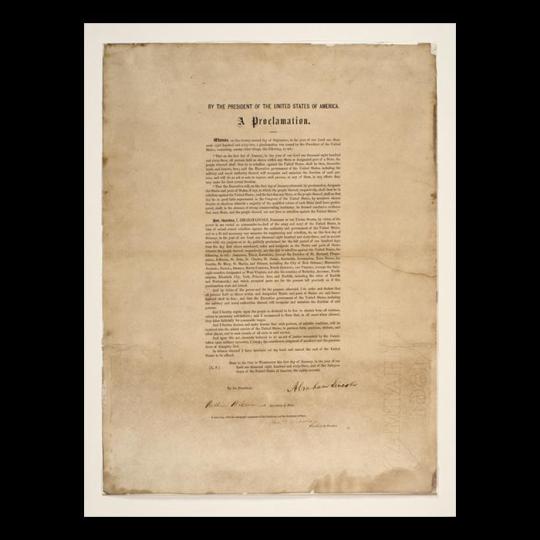#lincoln financial foundation
Can you imagine sending your brother, father, grandparent, or friend off to war? The American Civil War, the bloodiest battle in American history, determined what nation we would become. Would we become the largest holder of slaves in the New World, or would we abide by our Declaration of Independence where all men were created with an equal right to life, liberty, and the pursuit of happiness? I think you know how the story ends, but at what cost? Approximately 750,000 lives were lost by the end of the war. During the time after the war, many grief-stricken families turned to a wide spectrum of coping mechanisms. One of them was Spiritualism. Spiritualism, at the time, had 8 million believers in both the United States and Europe. Americans sought comfort in performing séances knowing there was a better life for their loved ones beyond the grave. Believe it or not, Mary Todd Lincoln was one of those forlorn Americans.
At this point, Mary had lost her son Edward in 1850 due to tuberculosis and Willie (her favorite son) in 1862 taken by typhoid fever. She could not overcome the anguish and suffering she felt knowing another son was taken by death. Shortly after his passing, the First Lady was introduced to the Laurie family who were a group of well-known mediums at the time. Thus, diving into the “Spirit World”. Below is a photograph of Mary taken in the year 1862 just after Willie’s death.

Mrs. Lincoln started hosting her own séances in the Red Room of the White House. President Lincoln was in attendance for a few of them in order to support her. She performed as many as 8 séances in the Red Room. Here are pictures taken of the room just after the Lincoln’s versus what it looks like today.

Circa 1869

Circa 2000
Mary Todd Lincoln claimed to have seen both Edward and Willie during her out-of-body experiences. She even believed seeing their spirits at the end of her bed at night, smiling. This brought her great comfort and relief. Due to social pressures, Mrs. Lincoln was forced to take a step back from her Spiritualism practices after several months. Below is a sketched image from Nettie Colburn Maynard’s (a trance medium) 1891 memoir, Was Abraham Lincoln a Spiritualist?

Although Spiritualism can be hard to digest for some people, it was a growing practice throughout the 19th century. Works published on Spiritualism at the time became gateways to the future practice of communicating with the deceased. Much like for Mrs. Lincoln, séances took away the fear of death especially during a time of war. Below is a painting of the Battle of Fort Donelson, and a photo of Abraham Lincoln with General McClellan taken in 1862.


Today, many historians and critics condemn Mary Todd Lincoln for her beliefs and contact with the “Spirit World”. But the truth is, we all turn to anything we can to seek comfort during trying times. Spiritualism played a pivotal role during the 19th century, and it gave Americans the chance to say goodbye to the loved ones who fought in the war.
There are always questions in regard to slavery such as, “When did the first slaves make it to the America’s?”, “Who approved of such cruelty?” Slavery has inhabited every corner of the globe and still lives on today. Our story of slavery begins in the 1400’s after the Portuguese embark on exploring the coast of West Africa. King Charles II legalized the Trans-Atlantic Slave Trade in the mid 1600’s. This aloud the Royal African Company to transport Africans they called “black gold” to the Americas. By this time, plantations in both the Caribbean Islands and America were booming and owners needed an abundance of slaves to maintain their cash crops. As the number of Africans began to diminish from the coast, Europeans moved inland raiding small towns and villages. You can find more information here.
This is an illustrated image published in The Graphic(a popular London illustrated weekly newspaper) that depicts Muslims raiding and kidnapping people in the East Central Africa region.

During the years 1525-1866, 12.5 million Africans were taken from Africa to the New World. Approximately 300,000 of those Africans were shipped to America. The last U.S. slave ship docked in Mobile Bay 3 years before the Emancipation Proclamation was signed by Abraham Lincoln in January of 1863. She was called Clotilda and came with 110-160 slaves. Here is a picture of what the ship looked like and the path it took to get to America.

Among the thousands of slaves that were taken from Africa to America was Frederick Douglass’ family. Frederick Douglass was actually born Frederick Augustus Washington Bailey and was raised a slave. He ran away at age 20 and adopted the surname “Douglas” after Sir Walter Scott’s The Lady of the Lake. He wrote three autobiographies discussing his life as a slave and two additional biographies (My Bondage and My FreedomandThe Life and Times of Frederick Douglass) that elevated the southern culture. Below is a picture of Douglass in his younger years.

Known as the most important black American leader of the 19th century, Douglass was also a great orator and writer of persuasive power. He was an abolitionist long before the Civil War and even met with President Abraham Lincoln convincing him that “the negro is the stomach of the rebellion”. In other words, if Lincoln frees the slaves he will have more Union soldiers to fight against the Confederacy. After the Emancipation Proclamation takes effect in January of 1863, Douglass recruits black soldiers for the Union. An original hand-signed Leland-Boker edition of the Emancipation Proclamation lives at the Allen County Public Library.

Lincoln valued Douglass’ opinions greatly. Frederick Douglass advocated for issues concerning unequal pay and treatment of African American soldiers and racial inequality. In his book The Life and Times of Frederick Douglass, he wrote,
“Though slavery was abolished, the wrongs of my people were not ended. Though they were not slaves, they were not quite free. No man can be truly free whose liberty is dependent upon the thought, feeling, and actions of others, and who has himself no means in his own hands for guarding, protecting, defecting, and maintaining that liberty.”
Douglass knew the first step to African American independence was the abolishment of slavery, but he knew the equality of whites and blacks would only come with time and with strong leaders to carry-on his legacy. Here is a picture of the abolitionist himself in later years.

In April of 1865, Frederick Douglass along with thousands of people across America mourned the death of President Abraham Lincoln. In Douglass’ eulogy for Lincoln, he strongly states, “…Abraham Lincoln, while unsurpassed in his devotion, to the welfare of the white race, was also in a sense hitherto without example, emphatically the black mans President: the first to show any respect for their rights as men.” Because of this, Douglass gave the citizens of the United States hope for the future; to walk in our martyred President’s footsteps and continue the life Lincoln would have wanted us to live. Below is a picture of Lincoln’s funeral procession in New York.

During Frederick Douglass’ last years he was involved in local politics and served as a marshal for the District of Columbia. His wife of 44 years, Anna Murray, passes away and he remarries Helen Pitts, a white woman. Although his decision to marry Helen stirred controversy, Douglass continued to advocate for the rights of African Americans and even women. He supported Elizabeth Cady Stanton and Susan B. Anthony in their campaign for women suffrage. For reasons such as these we highlight Frederick Douglass’ achievements by composing books to convey his daily struggles and triumphs, teaching it in our classrooms, and continuing to secure the life, liberty, and pursuit of happiness of those Douglass, Lincoln, and many others fought so hard to free.
